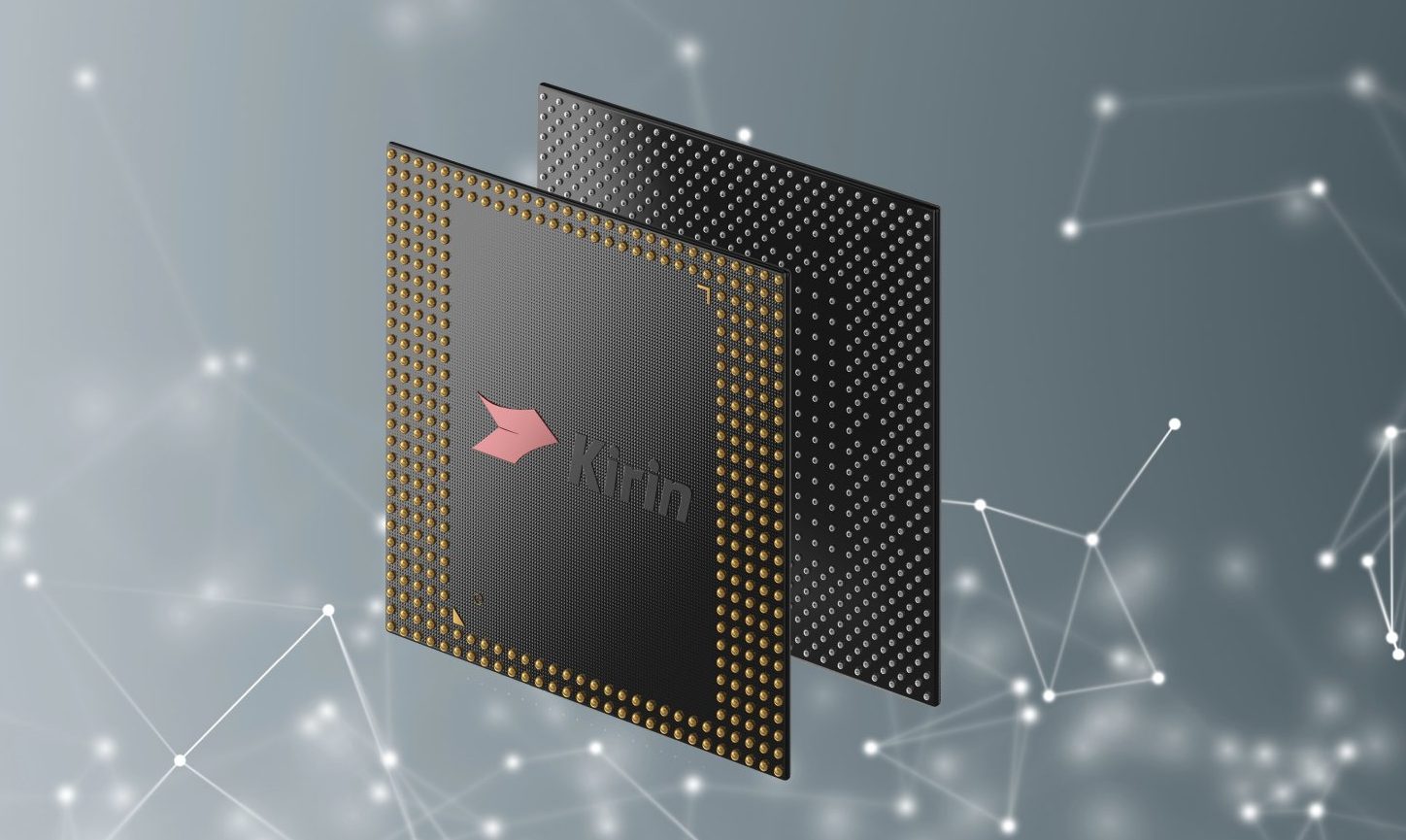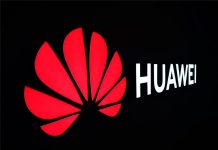Huawei’s chipmaking arm HiSilicon is reportedly planning to go aggressive for the development of 5G mobile chipsets with an integrated modem. It is also planning to make 5G mmWave solutions for smartphones after releasing a new chipset later this year.
As per the reports, Huawei will be releasing its next chipset called the Kirin 985 in the second half of this year. The chipset will support Huawei’s high-end 4G smartphones, and can also come with add-on Balong 5G modem chips to support 5G sub 6GHz smartphones.

The same chipset could be used to power the company’s next flagship smartphone — the Huawei Mate 30 series, which is expected to launch in the fourth quarter of this year. The Kirin 985 chipset will be manufactured by TSMC on its 7nm+ node and packaged by ASE Technology Holding and its affiliated Siliconware Precision with FC-PoP technology.
Reports indicate that the company’s new mobile SoC will undergo trial production in the second quarter and based on that, it will go into mass production in the third quarter. Following the footsteps of Qualcomm, the leading company in the mobile chipsets market, Huawei is also going aggressive for the 5G.
It is planning to roll out 5G SoCs integrated with modem chips between late 2019 and early 2020, which are expected to become the mainstream AP solutions for smartphones in the 5G era. The company also plans to tap into the segment of mmWave 5G smartphone AP in early 2020.
To support the transition from 4G to 5G, chipmakers are also rolling out multiple mobile AP versions that can be installed with add-on 4G and 5G modem chips, before launching the chipsets integrating 5G modem chips and mmWave 5G SoCs in 2020.
Read More: Huawei and Samsung settles 8-year long lawsuits over standard-essential patents in China
With such rapid pace development, Qualcomm and Huawei are eyeing to be among the top two suppliers of 5G SoC. On the other hand, Taiwan-based MediaTek is set to release a sub 6GHz 5G chip by the end of this year while Apple is not expected to join the 5G market until 2020.
(Via)







